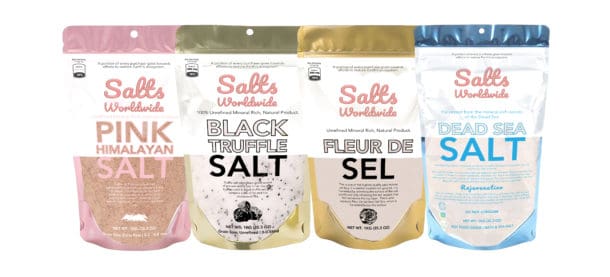People have been asking the same question since the Himalayan salt plant is first being discovered over a thousand years ago. The question is, why is Himalayan salt good for you? Here are some of the answers you might not have considered.
A more recent question is, how did this valuable substance come to be? This information can help answer those questions.
The earliest evidence of human use of Himalayan salt in ancient times was found at high altitude areas of Tibet and Nepal. In spite of the long trek, the natives got a valuable mineral from the mountain’s sulfur-rich sulfur springs.
When the first plants to reproduce in the mountains were cultivated in high altitude areas, the soil was too difficult to grow with the necessary nutrients. It was decided that the Himalayan salt rocks would be used to fertilize the soil and create the needed atmosphere for plant reproduction.
When it was realized that natives from the area had rich soil, no disease or pest problem, and that native plants were very easy to grow, that the plants were healthy, and that there were very few pests in the area, the plant was called the Himalayan saltbush. It was a local plant named for the nearby mountain range.
The local people quickly learned to cultivate the new plants. They found that by using the salt from the salt rocks for their gardens, they could keep themselves healthy and entertained by having delicious meals in their rooms.
Salt lamps were introduced to the area and the glow of the surrounding salt mountains could be seen from a distance. At that time, the lower regions of the Himalayas were home to poisonous snakes. However, the natives found that by putting salt on their skin after being bitten by a snake, their symptoms were relieved and the pain was reduced.
Salt baths also helped to reduce the symptoms of snake bite in the area. This then led to more visitors to the Himalayan area, leading to increased production of the salt.
As more people visited the region, and as more people in turn purchased the salt from the local stores, the demand for the salt products increased. The Himalayan salt plant became a main ingredient in local kitchens and lives.
As the local cooks found that they could give their food a flavor of the mountains, and as the customers found that the food tasted better and was healthier, the demand for the salt continued to increase. Eventually, it was decided that the Himalayan salt industry would need to move from the isolated location of the Himalayas to larger cities, where more people could purchase the salt and where the sales could be more effectively marketed.
There are many other reasons above that can explain the longevity of this salt, but none of them are as clear as those listed above. People have been asking this question for centuries, and while there may be more reasons yet, we do know the answers to the most important ones.



